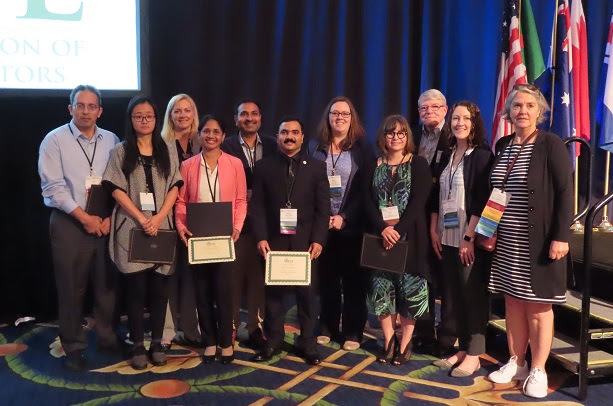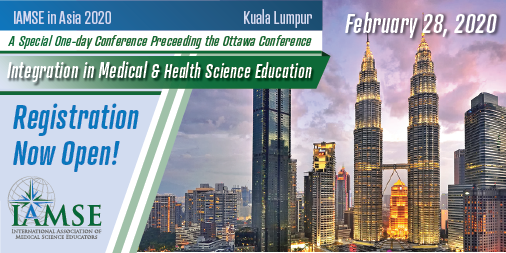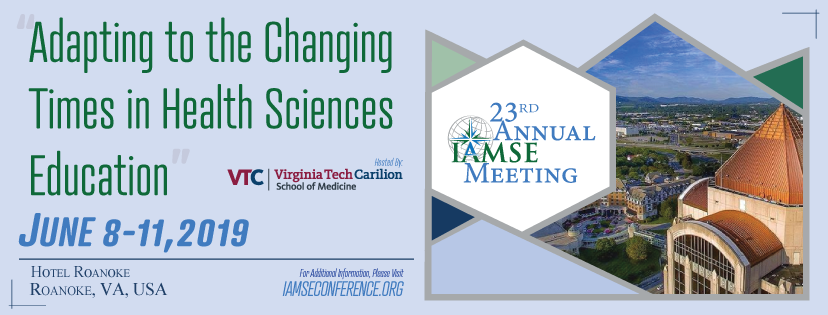We are pleased to extend your company an invitation to be an exhibitor at the International Association of Medical Science Educators’ (IAMSE) one-day IAMSE conference to be held in conjunction with the 2020 Ottawa Conference in Kuala Lumpur, Malaysia on February 28, 2020.
The IAMSE conference explores strategies for teaching, learning and student assessment and brings faculty, staff, and students from around the world who are interested in medical science education together. The conference offers opportunities for faculty development in focus sessions, oral and poster presentations, and networking opportunities.
For more information on exhibiting, please see our exhibitor brochure for pricing and details or please contact the IAMSE office at support@iamse.org or by phone at +1 (304) 522-1270. Sponsorship opportunities are also available.
Thank you for supporting IAMSE and we look forward to seeing you in Kuala Lumpur!
Sincerely,
Julie K. Hewett, CMP, CAE
IAMSE Association Manager






